Switches are essential components of modern computer networks, serving as the backbone of local area networks (LANs) and connecting multiple devices together to allow for data transfer and communication. There are several different types of switches, each with its own unique features and capabilities.
Unmanaged switches: These are basic switches that simply connect devices together and provide no additional features or management capabilities. Unmanaged switches are often used in small networks where the number of devices is limited and the network does not require complex configuration or monitoring.
Managed switches: Unlike unmanaged switches, managed switches provide advanced features for configuring and monitoring the network. This includes the ability to set up Virtual LANs (VLANs), Quality of Service (QoS) policies, and security features such as access control lists (ACLs).
Stackable switches: Stackable switches are designed to be used in larger networks, where multiple switches can be stacked together to create a single logical switch with a large number of ports. This allows for easier management and increased scalability.
PoE switches: Power over Ethernet (PoE) switches are switches that can provide power to devices over the Ethernet cable, eliminating the need for separate power sources. This is particularly useful for devices such as IP phones and wireless access points.
Cloud switches: Cloud switches are managed switches that allow for centralized management of multiple networks in different locations. This is accomplished through cloud-based management tools, which allow network administrators to monitor and manage their networks from a single location.
Modular switches: Modular switches are switches that can be expanded by adding additional modules, providing increased flexibility and scalability. This makes modular switches ideal for organizations with growing network requirements.
Industrial switches: Industrial switches are designed for use in harsh industrial environments and are built to withstand extreme temperatures, vibration, and other environmental factors.
Network security switches: Network security switches are designed to provide advanced security features, including firewalls, intrusion prevention, and VPN capabilities. These switches are typically used in larger networks that require a higher level of security.
Wireless switches: Wireless switches allow for wireless devices to be connected to the network, eliminating the need for wired connections. Wireless switches are often used in combination with wireless access points to create a wireless network.
Smart switches: Smart switches are managed switches that are designed for use in home networks and small businesses. They typically include advanced features such as Quality of Service (QoS) policies and VLANs, making them a good choice for small networks that need more advanced capabilities.
Switches are an important component in the networking infrastructure of a commercial business or organization. They play a crucial role in managing data flow between devices on a network and ensuring fast, reliable connectivity. With so many options available on the market, it can be difficult to determine the best switches for your organization’s needs. Here are some of the top switches currently available for commercial businesses and organizations.
Cisco Catalyst 9300 Series Switches: This series of switches is designed for next-generation enterprise networks and offers high performance, security, and scalability. Model numbers include the Catalyst 9300, 9310, and 9330. The switches feature advanced security features such as TrustSec and Encrypted Traffic Analytics and support for multi-gigabit Ethernet speeds.

Aruba 2930F Switch Series: This series of switches is designed for SMBs and offers high-performance, secure connectivity for a variety of use cases. Model numbers include the Aruba 2930F and 2930M. The switches feature a range of advanced security and management features, as well as support for multi-gigabit Ethernet speeds.

Juniper EX Series Ethernet Switches: The EX Series is a range of switches designed for the data center and campus environments. Model numbers include the EX2300, EX4300, and EX4600. The switches feature advanced security and management capabilities and support for both 10 Gigabit Ethernet and 40 Gigabit Ethernet speeds.

HPE FlexNetwork 5130 EI Switch Series: This series of switches is designed for SMBs and offers high-performance, secure connectivity for a variety of use cases. Model numbers include the HPE 5130-24G-2SFP+ and 5130-48G-4SFP+-EI. The switches feature advanced security features such as Dynamic Segmentation and a variety of management options.
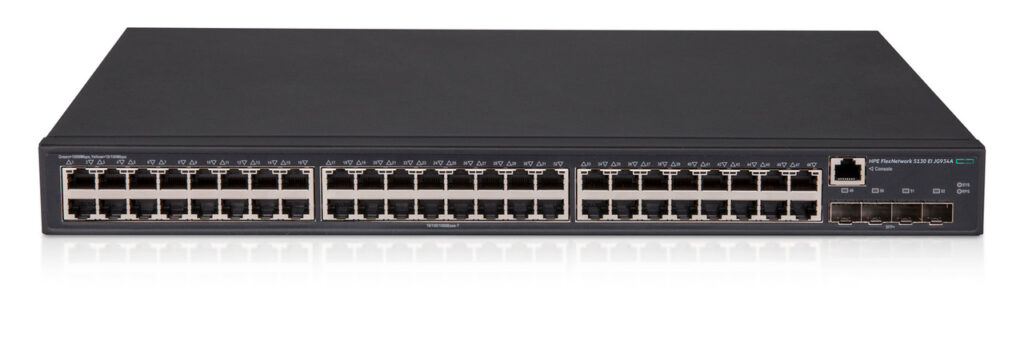
Netgear ProSAFE XS728T Switch: The ProSAFE XS728T is a high-performance, scalable switch designed for SMBs. The switch features support for 10 Gigabit Ethernet and 40 Gigabit Ethernet speeds, advanced security features, and a variety of management options.
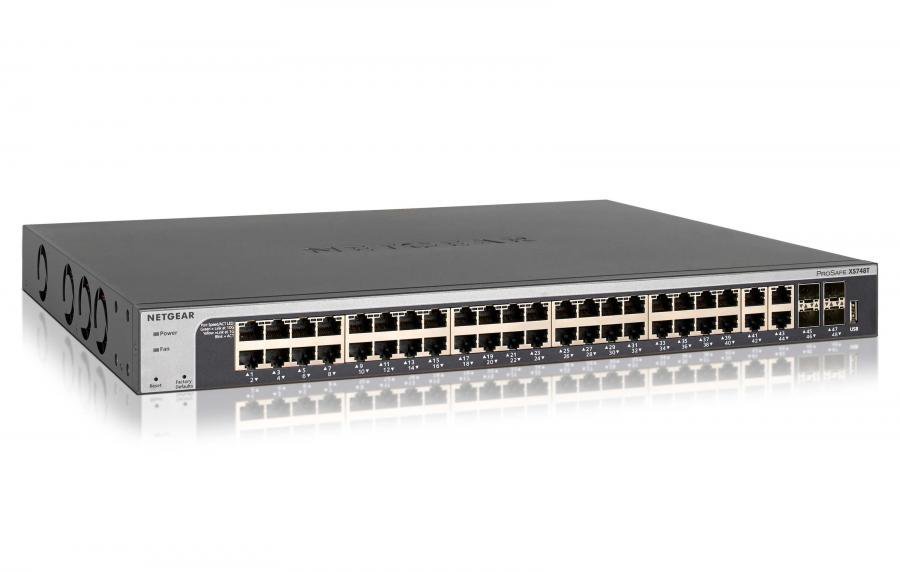
D-Link DGS-1210 Series Switches: This series of switches is designed for SMBs and offers high-performance, secure connectivity for a variety of use cases. Model numbers include the DGS-1210-28 and DGS-1210-52. The switches feature advanced security and management features and support for gigabit Ethernet speeds.

Ubiquiti UniFi Switch: The UniFi Switch is a range of switches designed for SMBs and enterprises. The switches feature advanced security and management features, as well as support for 10 Gigabit Ethernet speeds.
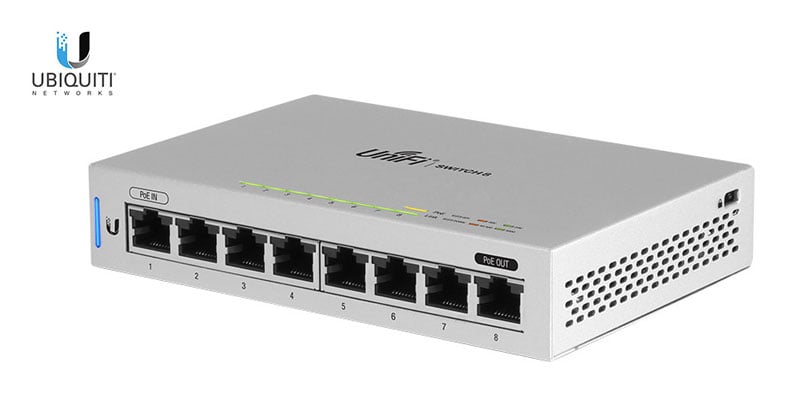
TP-Link TL-SG2210P: The TL-SG2210P is a compact switch designed for SMBs. The switch features advanced security and management features, as well as support for gigabit Ethernet speeds.
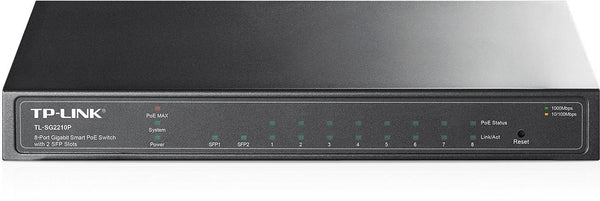
Buffalo BS-GS2008: The BS-GS2008 is a switch designed for SMBs. The switch features advanced security and management features, as well as support for gigabit Ethernet speeds.
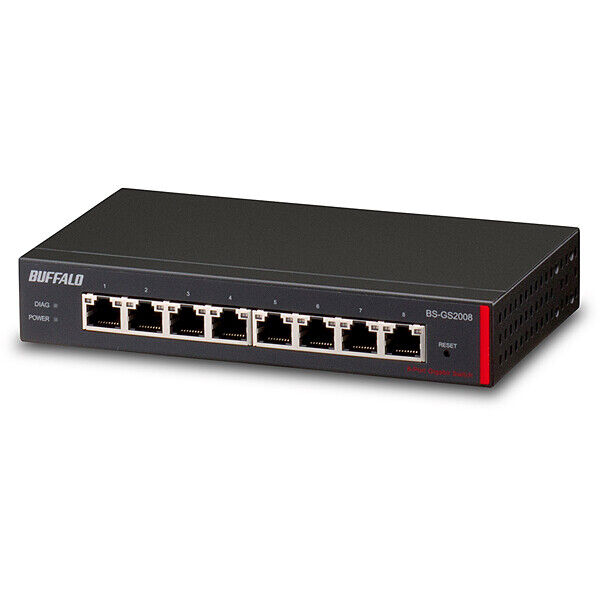
LinkSys LGS108P: The LGS108P is a switch designed for SMBs. The switch features advanced security and management features, as well as support for gigabit Ethernet speeds.
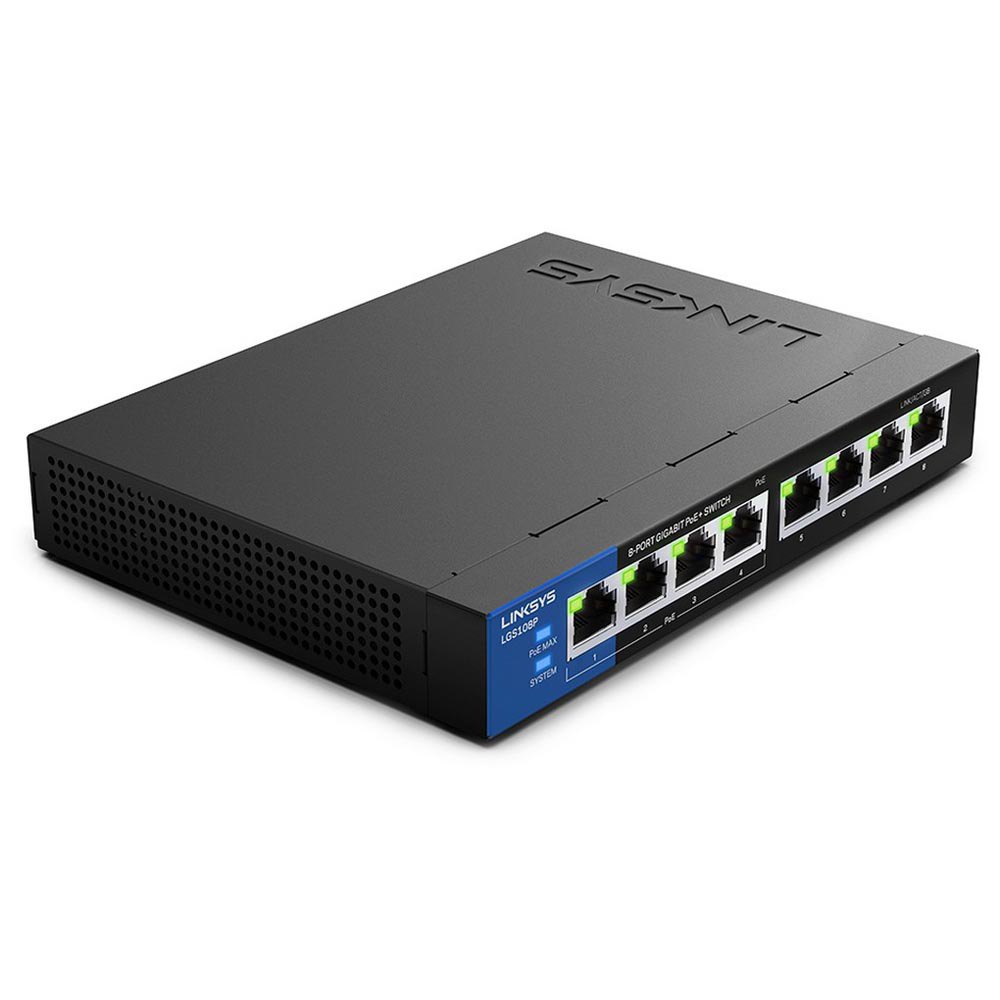
These are just a few of the best switches available for commercial businesses and organizations. When selecting a switch, it’s important to consider your organization’s specific needs, including the size of the network, the number of devices you need to connect, the speeds you require, and the level of management and security required.
